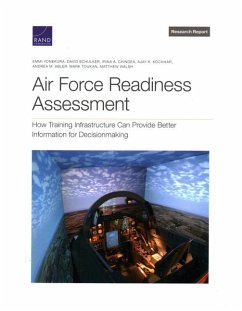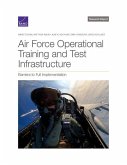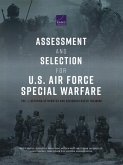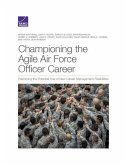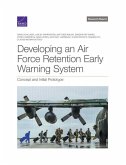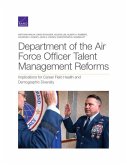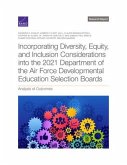Senior Department of the Air Force leadership is increasingly concerned that the current readiness assessment system is not providing sufficient insight into the capability of the force to meet future mission requirements because of the shortcomings of outcome measurements. Concurrently, the U.S. Air Force is evolving its training infrastructure in response to the prospect of operations in contested and denied environments, an increased pace of warfare, and the potential loss of superiority across multiple domains in a conflict with near-peer adversaries. Advances in the technological capabilities of training infrastructure can help fill gaps in current readiness assessments to provide senior leaders with better insight into the readiness of the force for future contingencies. To understand how such investments might do so, the authors used a multimethod approach that featured interviews with senior leaders in Air Force major commands and technical experts and included reviews of readiness reporting data and technical documentation. The report identifies current readiness assessment gaps and explores ways to address them through investments in training assets. One finding was that legacy metrics tend to focus on individual units, but the force must be able to integrate well to conduct the full spectrum of possible operations against a near-peer adversary. This requires adjusting training and how readiness is measured to assess how personnel from different units function as teams at various levels.

